Elasticity
Elasticity is the property of a material to return to its original shape and size after being stretched or compressed. This property is important in various biological processes and is commonly studied in the field of biology.
Types of Elasticity
There are two main types of elasticity:
- Perfectly Elastic: A material is perfectly elastic if it returns to its original shape and size with no loss of energy after being stretched or compressed.
- Imperfectly Elastic: A material is imperfectly elastic if it does not return to its original shape and size completely after being stretched or compressed, and some energy is lost in the process.
Importance of Elasticity in Biology
Elasticity plays a crucial role in various biological processes, including:
- Muscle Contraction: The elasticity of muscle tissues allows them to stretch and contract, enabling movement and physical activities.
- Blood Vessel Function: Elasticity of blood vessels helps regulate blood pressure and maintain proper circulation throughout the body.
- Respiratory System: Elasticity of the lungs and airways allows for the expansion and contraction necessary for breathing.
Factors Affecting Elasticity
Several factors can influence the elasticity of biological materials:
- Composition: The molecular structure and composition of a material can affect its elasticity.
- Temperature: Changes in temperature can impact the elasticity of materials, with some becoming more elastic at higher temperatures.
- Force Applied: The amount of force applied to a material can determine its degree of elasticity and potential for deformation.
Study Guide
To understand and study elasticity in biology, consider the following key points:
- Learn about the molecular and structural basis of elasticity in biological materials.
- Explore the role of elasticity in specific biological processes, such as muscle function and circulation.
- Conduct experiments or demonstrations to observe the effects of different factors on the elasticity of biological materials.
- Study relevant scientific literature and research to gain a deeper understanding of elasticity in biology.
By understanding the principles of elasticity and its significance in biology, you can appreciate its role in various physiological functions and applications.
.◂Biology Worksheets and Study Guides High School. Human biology II
Worksheet/Answer key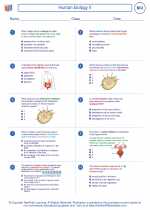 Human biology II
Human biology II  Worksheet/Answer key
Worksheet/Answer key Human biology II
Human biology II  Worksheet/Answer key
Worksheet/Answer key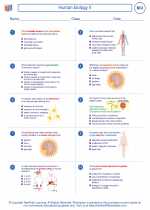 Human biology II
Human biology II  Vocabulary/Answer key
Vocabulary/Answer key Human biology II
Human biology II  Vocabulary/Answer key
Vocabulary/Answer key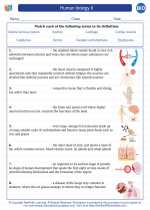 Human biology II
Human biology II  Vocabulary/Answer key
Vocabulary/Answer key Human biology II
Human biology II  Vocabulary/Answer key
Vocabulary/Answer key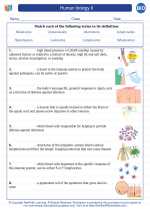 Human biology II
Human biology II  Vocabulary/Answer key
Vocabulary/Answer key Human biology II
Human biology II  Vocabulary/Answer key
Vocabulary/Answer key Human biology II
Human biology II  Vocabulary/Answer key
Vocabulary/Answer key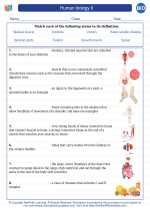 Human biology II
Human biology II 

 Worksheet/Answer key
Worksheet/Answer key
 Worksheet/Answer key
Worksheet/Answer key
 Vocabulary/Answer key
Vocabulary/Answer key
 Vocabulary/Answer key
Vocabulary/Answer key
 Vocabulary/Answer key
Vocabulary/Answer key
 Vocabulary/Answer key
Vocabulary/Answer key
 Vocabulary/Answer key
Vocabulary/Answer key
 Vocabulary/Answer key
Vocabulary/Answer key
 Vocabulary/Answer key
Vocabulary/Answer key

The resources above cover the following skills:
LIFE SCIENCE (NGSS)
From Molecules to Organisms: Structures and Processes
Students who demonstrate understanding can:
Develop and use a model to illustrate the hierarchical organization of interacting systems that provide specific functions within multicellular organisms.
Plan and conduct an investigation to provide evidence that feedback mechanisms maintain homeostasis.